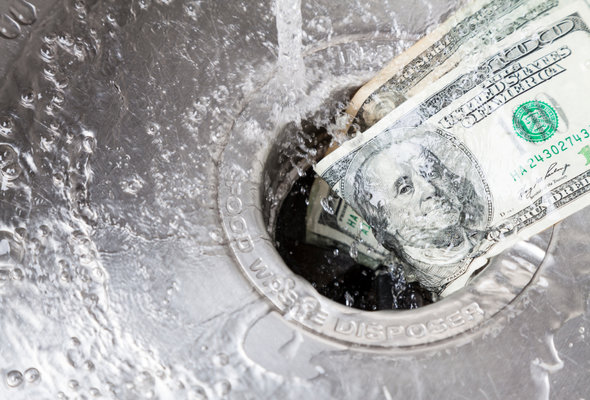Life insurance is just that, insurance on your life. You pay your policy usually for 10 to 30 years. If you die during this period, your beneficiaries receive a payment from the insurance company. With a traditional term life policy, you do not receive any payout if you outlive your policy. For many, this can feel like a rip off after paying for so long. Fortunately you also have the option of return of premium (ROP) life insurance.
Find out now: How Much Life Insurance Do I Need?
Why You Might Want ROP Life Insurance
The notion of ROP is simple. You pay your policy, you live past the end of the policy and you get all your money back.
On the surface, this seems like a pretty good deal, especially if you are young and in good health. Those of us who take pretty good care of ourselves may see this type of life insurance as a bonus.
Of course we would want to get our money back should we outlive the policy. And if we didn’t outlive the policy, money would still be paid to our beneficiaries just as with traditional term life insurance. However, there are some drawbacks to consider when thinking of ROP life insurance.
The Added Cost of ROP Policies

For one, ROP policies tend to cost approximately 30% more than traditional life insurance. This occurs for a few different reasons.
Not as many insurance companies offer ROP and there are fewer customers. So in order to make it worthwhile, return of premium life insurance companies have to charge higher premiums. Also, since the purpose of ROP is to pay customers who outlive their policies back, insurance companies use a portion of your premium to invest. This allows them to pay you back at the end of the policy.
Opportunity Cost
If you’ve never heard about opportunity cost, you can easily speak with a financial advisor and hear it then. It often comes up when discussing options for investing and types of life insurance. Opportunity cost provides a look at how much you are giving up to go with one investment over another.
When it comes to ROP, you will be paying more for this type of life insurance over a traditional policy. This means you’ll have less money to spend or invest in something else. Furthermore, you only get the premium back, so you lose any additional returns you could have made had you invested your money elsewhere.
Final Word

Given the issues listed above, a number of financial advisers tend to advise against buying ROP. Instead, they often recommend traditional life insurance. Ultimately you’ll have to make the decision that’s right for you. It’s always a good idea to do some research like reading reviews from ROP policyholders. Knowing about all the pros and cons associated with these policies can help you determine if it’s worth it.
If you dislike that paying for traditional life insurance can get you nothing in return, you might want to consider ROP. However, if you’d rather invest the extra money you would have paid in a retirement account, it probably makes more sense to go that route.
Photo credit: ©iStock.com/andresr, ©iStock.com/-Oxford-, ©iStock.com/dolgachov
